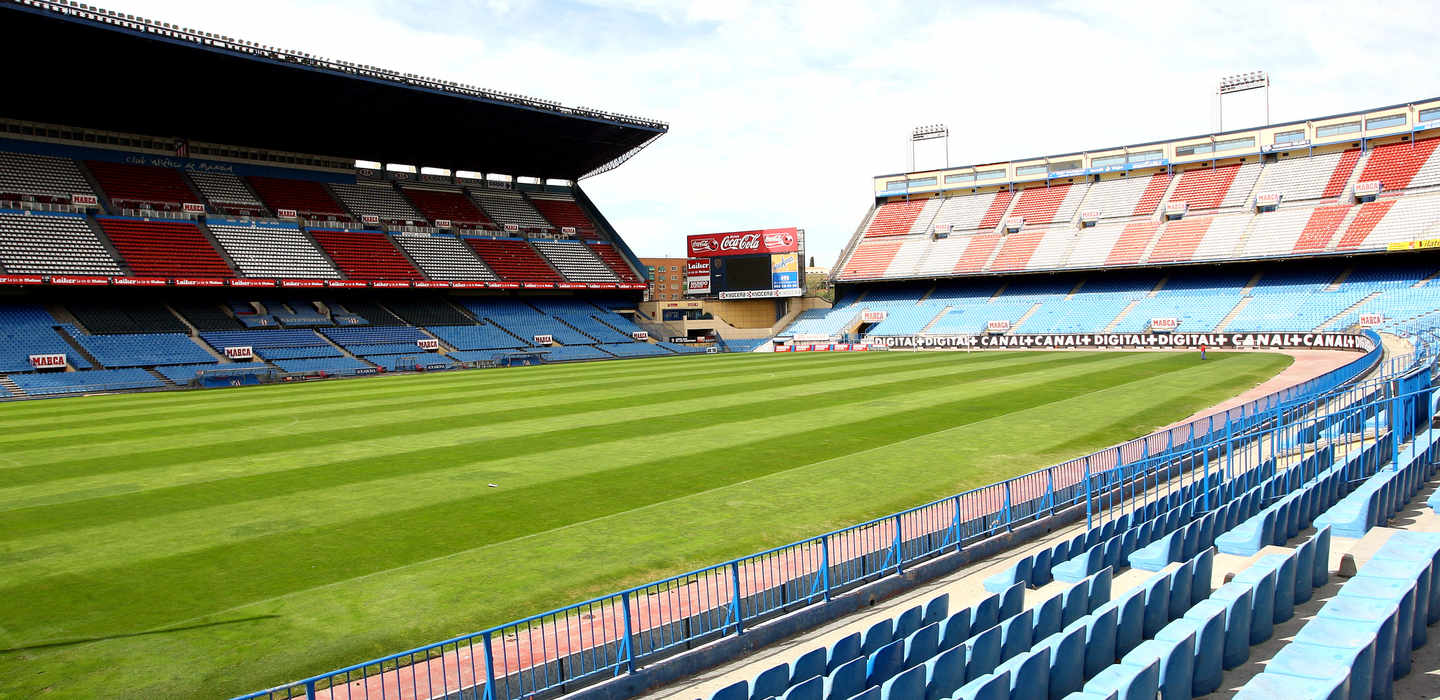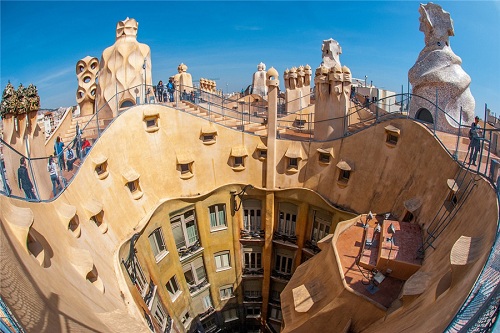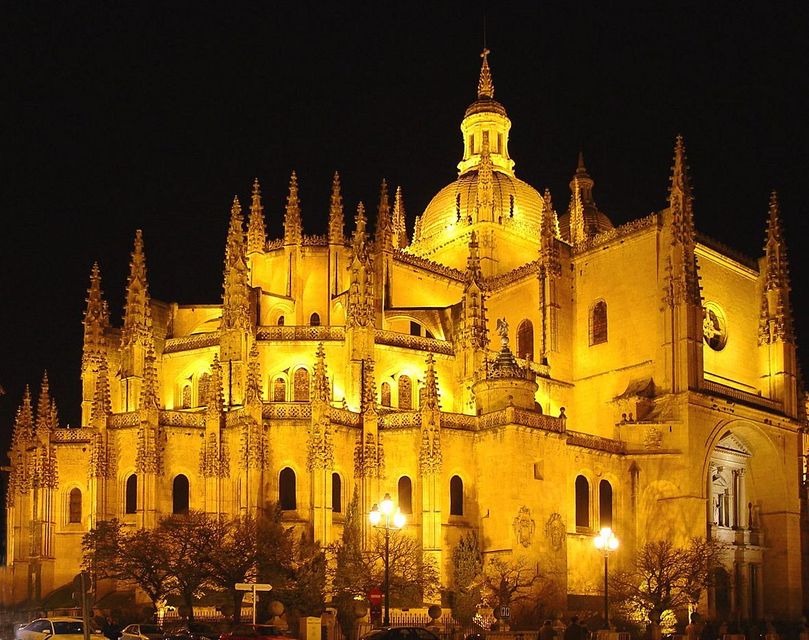A Comprehensive Travel Guide: Lisbon to Barcelona via Andalusia
This guide details a classic Iberian Peninsula itinerary, weaving through the vibrant capitals of Portugal and Spain, deep into the heart of Andalusia's Moorish history, and along the Mediterranean coast. The journey from Lisbon to Barcelona encompasses a rich tapestry of cultures, architectures, cuisines, and landscapes.
1. Lisbon, Portugal: The City of Seven Hills
Lisbon, Portugal's stunning capital, is built on a series of hills overlooking the Tagus River. Known for its warm light, tiled buildings, and melancholic Fado music, it's a city of captivating contrasts.
Key Attractions
Belém Tower: A 16th-century fortified tower, a symbol of Portugal's Age of Discoveries and a UNESCO World Heritage site.
Jerónimos Monastery: Another UNESCO site, this magnificent monastery is a prime example of the intricate Manueline architectural style.
Alfama District: The oldest neighborhood in Lisbon, a maze of narrow streets, small squares, and hidden viewpoints (miradouros) like Miradouro da Senhora do Monte.
São Jorge Castle: A Moorish castle overlooking the city center, offering panoramic views of Lisbon.
LX Factory: A revitalized industrial complex under the 25 de Abril Bridge, now a trendy hub for shops, restaurants, and art.
Food & Drink
Pastéis de Belém: The original and most famous custard tarts, best enjoyed warm with a sprinkle of cinnamon from the Antiga Confeitaria de Belém.
Bacalhau: Salted cod, prepared in hundreds of different ways. Try Bacalhau à Brás (shredded cod with onions, potatoes, and eggs).
Ginjinha: A sour cherry liqueur, often served in a small chocolate cup.
Sardines: Grilled fresh sardines are a summer staple.
Transportation & Accommodation
Lisbon's public transport includes metro, trams (the iconic Tram 28 is a must-ride), and buses. The Lisboa Card offers unlimited travel and discounts. For accommodation, consider staying in central neighborhoods like Baixa, Chiado, or Príncipe Real for easy access to major sites.
2. Seville, Spain: The Heart of Andalusia
Travel from Lisbon to Seville by bus (approx. 6-7 hours) or train (with a change, approx. 6-8 hours). Seville is the passionate, flamenco-dancing capital of Andalusia, drenched in orange blossom scent and sunshine.
Key Attractions
Real Alcázar: A breathtaking royal palace complex with stunning Mudejar architecture, lush gardens, and a history spanning centuries.
Seville Cathedral & La Giralda: The largest Gothic cathedral in the world. Climb the Giralda bell tower, a former minaret, for incredible city views.
Plaza de España: A grand, semi-circular plaza built for the 1929 Ibero-American Exposition, featuring tiled alcoves representing Spanish provinces.
Barrio Santa Cruz: The city's former Jewish quarter, a charming labyrinth of whitewashed streets, flower-adorned patios, and tranquil plazas.
Metropol Parasol: A modern wooden structure known as "Las Setas" (The Mushrooms), offering a walkway with views over the old city.
Food & Drink
Tapas: Seville is the birthplace of tapas culture. Hop between bars for small plates like espinacas con garbanzos (spinach with chickpeas), croquetas, and jamón ibérico.
Salmorejo: A thick, cold tomato soup from Córdoba, similar to gazpacho but creamier.
Pescaito Frito: A mix of lightly fried fresh fish, a classic Andalusian dish.
Fino Sherry: The perfect accompaniment to tapas.
Transportation & Accommodation
The city center is very walkable. Buses and trams are available for longer distances. Stay in Barrio Santa Cruz for historic charm or in the Triana district across the river for a more local, flamenco-infused experience.
3. Córdoba: The City of the Caliphs
A short high-speed train ride (approx. 45 minutes) from Seville brings you to Córdoba, a city that once served as the capital of the Islamic Caliphate in Spain.
Key Attractions
Mezquita-Catedral (Mosque-Cathedral): Córdoba's iconic monument. Its vast interior of red-and-white striped arches is one of the most impressive Islamic structures in the world, with a Renaissance cathedral built at its center.
Jewish Quarter (Judería): A warren of narrow alleys surrounding the Mezquita, home to the Synagogue and the charming Calleja de las Flores.
Alcázar de los Reyes Cristianos: A fortress with beautiful gardens, Roman mosaics, and towers offering great views.
Roman Bridge: A 16-arch bridge spanning the Guadalquivir River, offering a classic view of the Mezquita.
Food & Drink
Salmorejo: Taste this dish in its city of origin.
Rabo de Toro: A rich and hearty oxtail stew.
Flamenquín: A roll of ham and pork, breaded and deep-fried.
Montilla-Moriles Wines: Similar to sherry but from the nearby Montilla region.
Transportation & Accommodation
Córdoba's historic center is compact and best explored on foot. For accommodation, staying in the Judería allows for an immersive experience in the ancient heart of the city.
4. Ronda: The Dramatic Cliffside Town
The journey to Ronda by bus or car (approx. 2-2.5 hours from Seville) takes you into the mountainous heart of Andalusia. Ronda is famous for its dramatic location, perched on either side of the deep El Tajo gorge.
Key Attractions
Puente Nuevo: The "New Bridge," an 18th-century engineering marvel that spans the 120-meter-deep chasm, connecting the old and new towns.
La Ciudad: The old Moorish town, with its narrow streets, historic palaces like Casa del Rey Moro, and the Arab Baths (Baños Árabes).
Plaza de Toros: One of Spain's oldest bullrings, considered the birthplace of modern bullfighting.
Alameda del Tajo: A beautiful park at the edge of the cliff with stunning views over the Serranía de Ronda mountains.
Food & Drink
Conejo al Ajillo: Rabbit in garlic sauce.
Sopa de Almendras: A creamy almond soup.
Local Wines: Ronda's wine region is gaining recognition; visit a bodega for a tasting.
Transportation & Accommodation
The town is walkable but involves many hills and steps. Ronda is best visited as a day trip or a one-night stop. Paradores (state-run hotels) often occupy historic buildings; Ronda's Parador offers spectacular gorge views.
5. Mijas: The White Village
A short drive or bus ride from the coast (approx. 30 minutes from Málaga), Mijas Pueblo is a picture-perfect "pueblo blanco" (white village) clinging to the mountainside with views to the Mediterranean.
Key Attractions
The Village Itself: The main attraction is wandering its immaculate whitewashed streets adorned with colorful flower pots.
Burro-Taxis: A quirky tradition where donkeys are used for tourist rides through the village.
Plaza de Toros: An unusual oval-shaped bullring.
Mirador Gardens: Several viewpoints along the cliff edge offer breathtaking coastal panoramas.
Food & Drink
The cuisine is typical of coastal Andalusia. Enjoy fresh seafood and local meats in restaurants with terraces overlooking the valley. It's a great place to try a local sweet wine.
Transportation & Accommodation
Mijas is easily explored on foot. It is often visited as a day trip from Málaga or the Costa del Sol. For a quieter experience, consider staying overnight in one of the village's small hotels.
6. Granada: The Last Moorish Kingdom
The journey from Ronda or the coast to Granada by bus or car (approx. 2.5-3 hours) leads to one of Spain's most iconic cities, crowned by the magnificent Alhambra.
Key Attractions
The Alhambra and Generalife: A sprawling palace and fortress complex, the pinnacle of Nasrid architecture. The Nasrid Palaces, Alcazaba fortress, and Generalife gardens are unmissable. *Booking tickets months in advance is essential.*
Albaicín: The old Moorish quarter, a UNESCO site with winding cobblestone streets, whitewashed houses (cármenes), and spectacular views of the Alhambra from the Mirador de San Nicolás.
Sacromonte: The traditional Gypsy (Roma) neighborhood, known for its cave houses and passionate flamenco shows (zambras).
Granada Cathedral & Royal Chapel: A magnificent Renaissance cathedral where the Catholic Monarchs, Ferdinand and Isabella, are buried.
Food & Drink
Free Tapas: Granada is famous for its tradition of receiving a free tapa with every drink ordered at a bar.
Tortilla del Sacromonte: A rich omelette made with offal and peas.
Habas con Jamón: Broad beans cooked with ham.
Piononos: Small, sweet pastries from the nearby town of Santa Fe.
Transportation & Accommodation
The city center is walkable but hilly; local microbuses are useful for reaching the Albaicín and Sacromonte. For a unique stay, consider a hotel in the Albaicín for unforgettable Alhambra views.
7. Valencia: City of Arts and Sciences
A longer journey by train (approx. 5-6 hours) from Granada takes you to Valencia on the Mediterranean coast. Valencia beautifully blends its ancient history with stunning modern architecture.
Key Attractions
City of Arts and Sciences (Ciutat de les Arts i les Ciències):A futuristic architectural complex by Santiago Calatrava. It includes an opera house, science museum, IMAX cinema, and Europe's largest aquarium, L'Oceanogràfic.
The Old Town (Ciutat Vella): Home to the Silk Exchange (La Lonja de la Seda), a UNESCO World Heritage site, Valencia Cathedral (which claims to house the Holy Grail), and the Central Market—a modernist gem selling fresh produce.
Turia Gardens:A vast park stretching through the city, created in the former riverbed of the Turia River after it was diverted. Perfect for walking and cycling.


